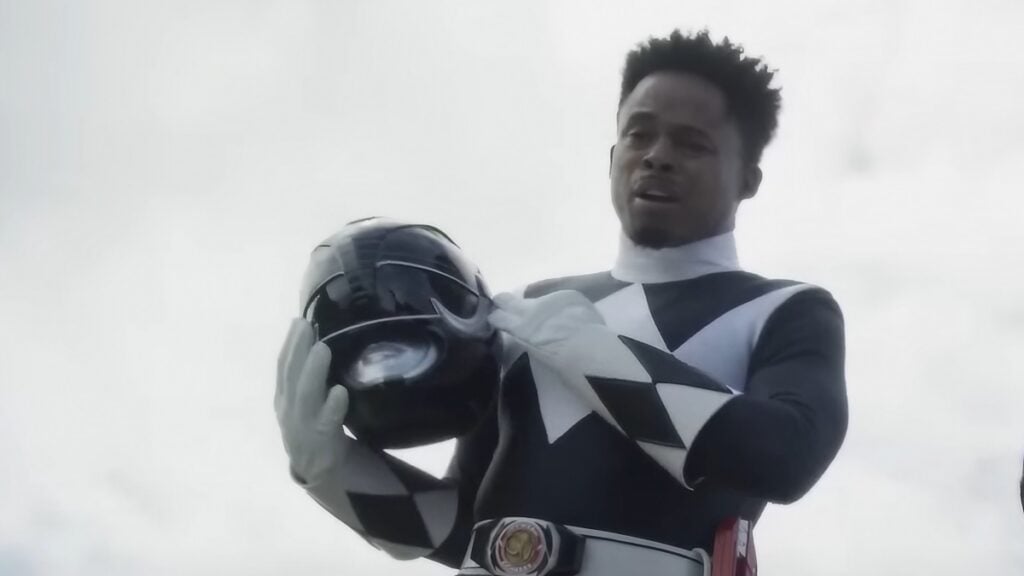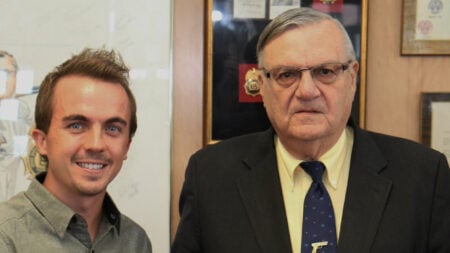Power Rangers and their many iterations hold a special place in many people’s hearts, given their presence during childhood. Still, no matter how rosy those rose-tinted glasses are, one of the most eyebrow-raising ideas in Mighty Morphin was how the black and Asian actors were stereotypically cast as the Black Ranger and Yellow Ranger, respectively. Turns out there’s a deeper explanation behind that, something the showrunners revealed decades later.
Tony Oliver, the head writer for the original Mighty Morphin Power Rangers, which was released back in 1993, has spoken up on the “Dark Side of the Power Rangers” episode of the Hollywood Demons docuseries (available on Max). Oliver was merely too innocent at the time they wrote Mighty Morphin, and negative racial stereotypes were an afterthought to them back then.
In fact, they only noticed the “casting mistake” two seasons in. That means the Black and Yellow Rangers ran around with their racial stereotypes unchecked. Walter Emanuel Jones was the first Black Ranger, and Thuy Trang was the first Yellow Ranger.
“None of us are thinking stereotypes [about] the Black character the Black Ranger and the Asian character the Yellow Ranger. My assistant who pointed it out in a meeting one day… It was such a mistake,” recalled Tony Oliver, thanks to Entertainment Weekly’s transcripts.
For those who have grown up with the series, it’s worth noting that Black Ranger and Yellow Ranger were eventually swapped out with different actors. While the show’s creator and executive producer, Haim Saban, claimed that they established a habit of swapping out actors, the Black Ranger and Yellow actors notably left due to a pay dispute.
After the swap, Black Ranger was replaced by Korean-American actor Johnny Yong, and Yellow Ranger was replaced by black actress Karan Ashley. It was a slightly better casting, all things considered. Still somewhat ironic considering the original casting.
It was an Accident
Speaking of the stereotyped casting, it was never intentional, according to the show’s creators, Saban and Shuki Levi. Both of them grew up in Israel and had no idea about the USA’s skin color stereotypes. So it was not an issue to them.
Pink Ranger Amy Jo Johnson, however, has stated that Water Jones took the stereotype like a champ and even joked about it; still, it wasn’t something that would fly today, most likely.
“Walter Jones used to crack good-humored jokes about that. I think it’s funny if it was done unintentionally by the big bosses. But really? Come on. It wouldn’t happen today,” says Amy Jo Johnson.
Throughout the decades, however, the accidental racial stereotyping in Mighty Morphin became the subject of pop culture jokes, notably a Key & Peele sketch among many others.
One thing to note about Mighty Morphin is that half of it was actually a Japanese show, as once the action scenes began, the US series simply spliced in the fight scenes from the Japanese Super Sentai series. The Yellow Ranger fight stuntman for Super Sentai was male, which is why the supposedly female Yellow Ranger from the US series didn’t have a skirt, unlike the Pink Ranger.
That spliced Japanese footage also meant that all the Rangers in the original Mighty Morphin fight scenes were Asian actors.








